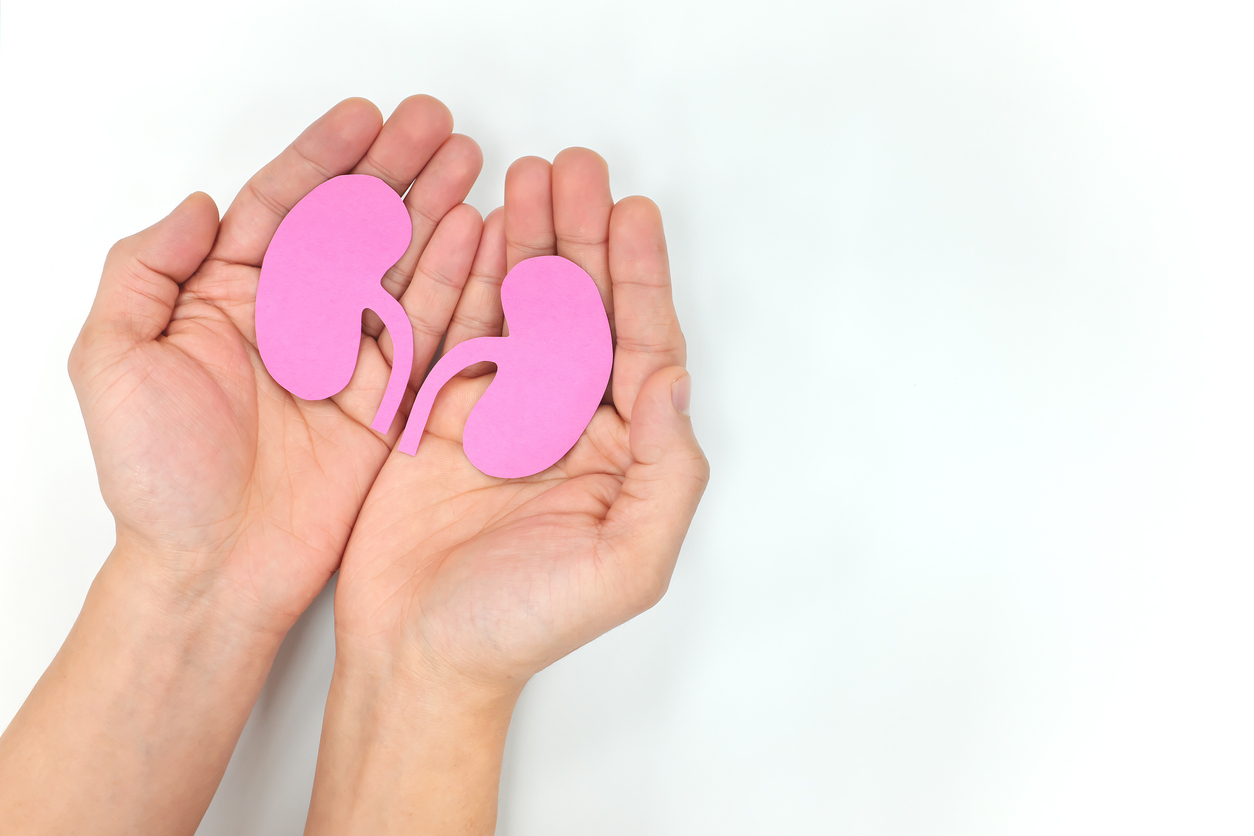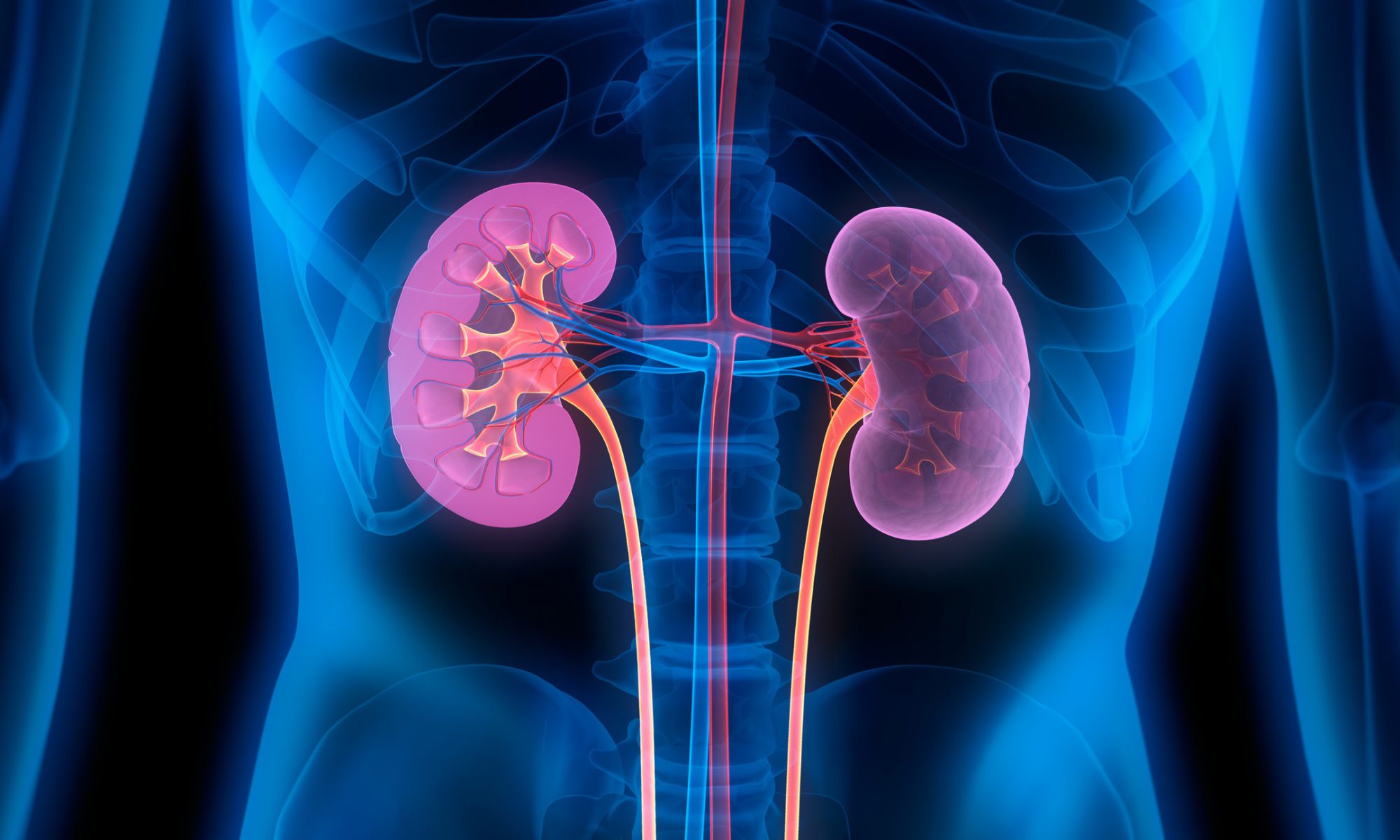By William E. Lombard
The Pacific Northwest region has a history of innovation in kidney research and dialysis with a legacy of mission-driven care to individuals with chronic kidney failure. Access to dialysis is essential to high-quality treatment for people with end-stage renal disease. But the best treatment option for many patients is a kidney transplant from a living donor.
Dialysis patients are inherently vulnerable. Chronic kidney failure (CKF) was once a fatal disease, in every single case. Read the full article in the Lynden Tribune.



